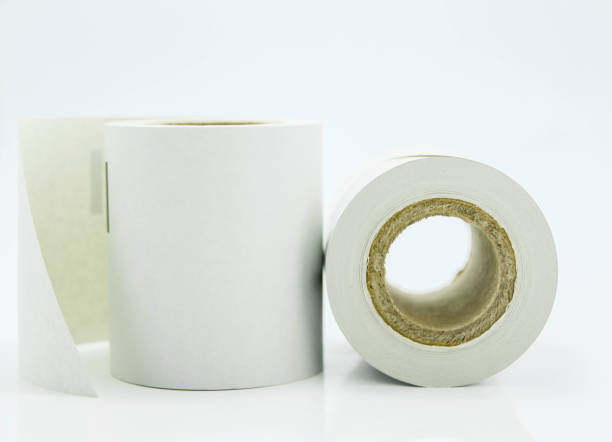
Top 5 Mistakes to Avoid When Using Thermal Labels in Your Business
Thermal labels are essential in various industries, from logistics and retail to healthcare and manufacturing. Their versatility, efficiency and cost-effectiveness make them a popular choice for businesses worldwide. However, despite their simplicity, businesses often make some mistakes when using thermal label.
In this guide, we'll look at five significant mistakes to avoid to increase the efficiency and effectiveness of thermal labels for your business.
Top 5 Mistakes to Avoid When Using Thermal Labels in Your Business
-
Choose the wrong thermal label material
One of the most common mistakes companies make is choosing the wrong label for their applications. Thermal label is available in various materials, each suitable for specific environments and needs. Choosing the wrong label material may cause problems such as fading, staining or poor label adhesion. Before purchasing thermal paper, consider the needs of your application, including factors such as exposure to moisture, heat, or chemicals. Please check with your label supplier to ensure you choose the correct product for your specific application.
-
Neglecting to clean the printer
Proper maintenance of thermal printers are critical to achieving high-quality printing and extending their life. Regular maintenance, such as head cleaning and maintenance, can result in poor print quality, label jams, or damage to the printer. Make it a habit to clean your printer regularly according to the manufacturer's instructions. Schedule regular maintenance to ensure all components are in good working order. You can prevent outages and ensure consistent print quality by correctly maintaining your printer.
-
Ignoring the environmental conditions
Thermal labels are sensitive to environmental factors such as heat, light and humidity. Ignoring these conditions may cause the paper to fade, deteriorate, or have poor adhesion, affecting the readability and life of the label. Do not store thermal label in places exposed to direct sunlight, high temperatures or high humidity. Also, protect labels during transportation and storage to prevent damage. By considering the environment and following correct practices, you can ensure that your thermal paper remains intact and usable throughout its lifetime.
-
Ignoring print site optimization
Optimizing print settings is important to get the best results from using thermal paper. Failure to adjust settings such as print speed, speed, and temperature may result in poor print quality, uneven printing, or excessive text. Take the time to evaluate your printer and optimize its output for your equipment and application. To get the best copy, survey before running a large batch. By optimizing the printing area, you can achieve precise printing results while extending the life of the thermal label.
-
Failure to plan to change the label
Finally, failure to plan for change can lead to unplanned and operational disruptions. The temperature sensor has a limited lifespan and needs to be replaced. You can prevent over-labelling at critical times by monitoring label usage and inventory levels. Create a complete plan based on your usage habits and order changes in advance to ensure availability. Also, please consider backing up your notes to minimize unexpected situations.
Final Thoughts
Avoiding these mistakes when using thermal label can help you improve label utilization, increase efficiency and reduce costs. By choosing suitable materials, managing your printer, considering the environment, optimizing print quality, and planning paper changes, you can ensure a smooth and efficient operation that benefits your business from thermal paper. As your trusted supplier, 4x6Labels is here to support you by providing expert advice, quality products and reliable service to meet your labelling needs.
